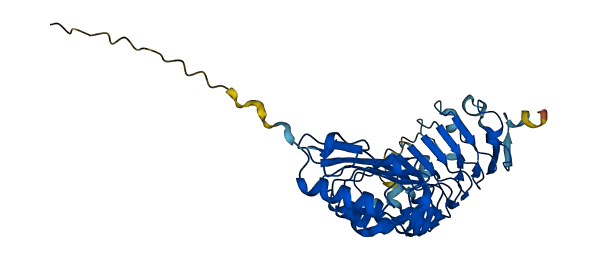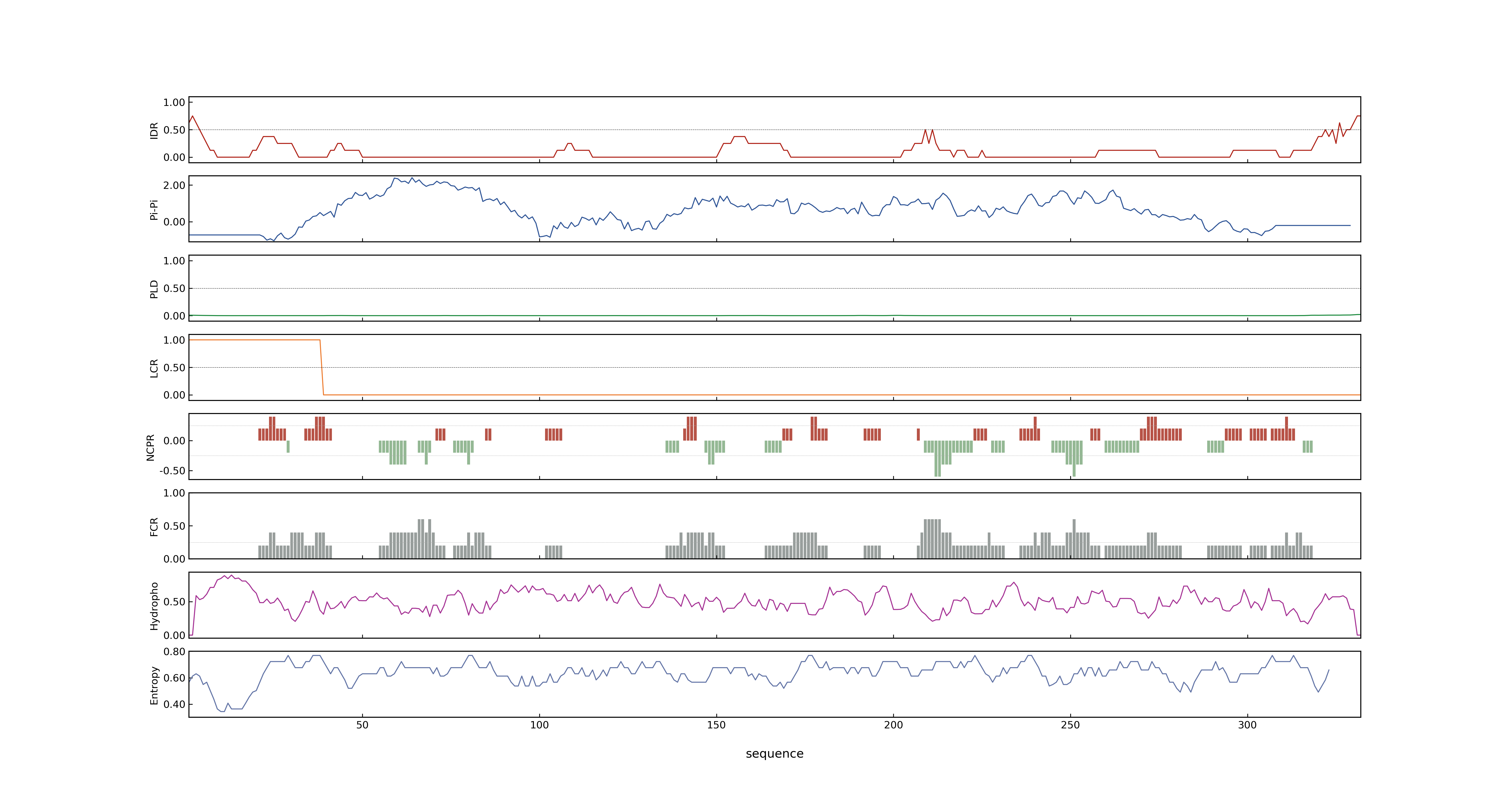- Information
- Symbol: OsFOR1,PGIP
- MSU: LOC_Os07g38130
- RAPdb: Os07g0568700
- PSP score
- LOC_Os07g38130.1: 0.0131
- PLAAC score
- LOC_Os07g38130.1: 0
- pLDDT score
- 89.61
- Protein Structure from AlphaFold and UniProt
- MolPhase score
- LOC_Os07g38130.1: 0.07831369
- MolPhase Result
- Publication
- Genbank accession number
- Key message
- In situ hybridization experiments showed the transcripts of OsFOR1 are present in young spikelet primordia and in almost all of the young floral organs
- OsFOR1 transcript was not detected in the frizzy panicle mutant, which is defective in its spikelet formation but normal in inflorescence-meristem initiation and maintenance
- Antisense expression of OsFOR1 resulted in an increase in the numbers of floral organs, including the stamen, carpel, palea/lemma, stigma, and lodicule
- We have isolated a cDNA clone, OsFOR1, from the immature panicles of rice
- OsFOR1 is highly expressed in the calli and immature and mature panicles, while detectable at only low levels in seedling roots and mature stems
- The OsFOR1 gene encodes a polygalacturonase-inhibiting protein (PGIP) that regulates floral organ number in rice
- The OsFOR1 (Oryza sativa floral organ regulator 1) gene encodes a protein that contains a leucine-rich repeat (LRR) domain
- Therefore, we suggest that OsFOR1 plays a role in the formation and/or maintenance of floral organ primordia
- Connection
- OsFOR1~PGIP, OsPGIP4, The polygalacturonase-inhibiting protein 4 OsPGIP4, a potential component of the qBlsr5a locus, confers resistance to bacterial leaf streak in rice., Our results not only provide the first report that rice PGIP could enhance resistant against a bacterial pathogen but also indicate that OsPGIP4 is a potential component of the qBlsr5a locus for bacterial leaf streak in rice
Prev Next

